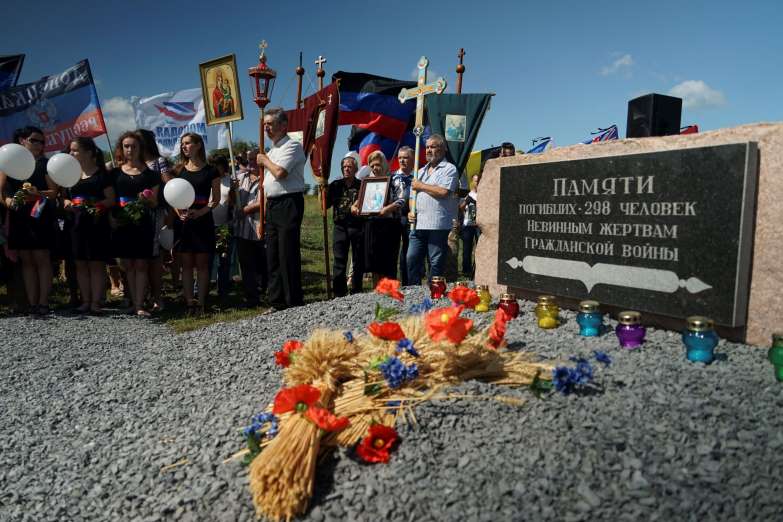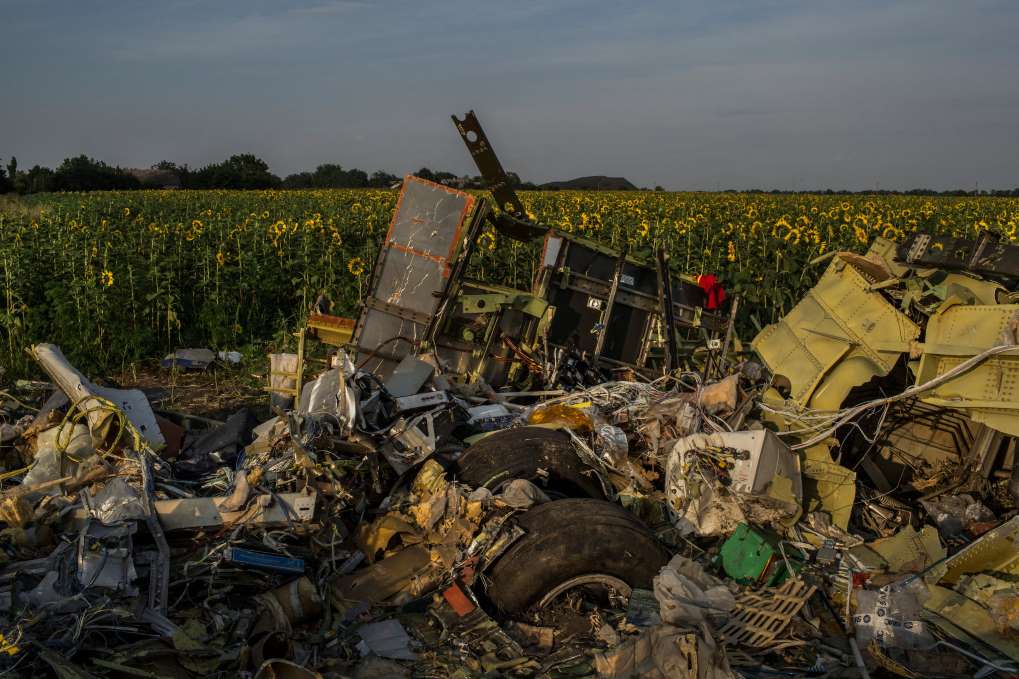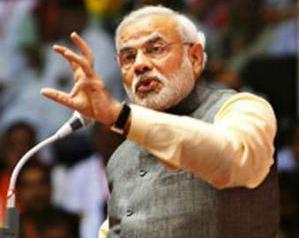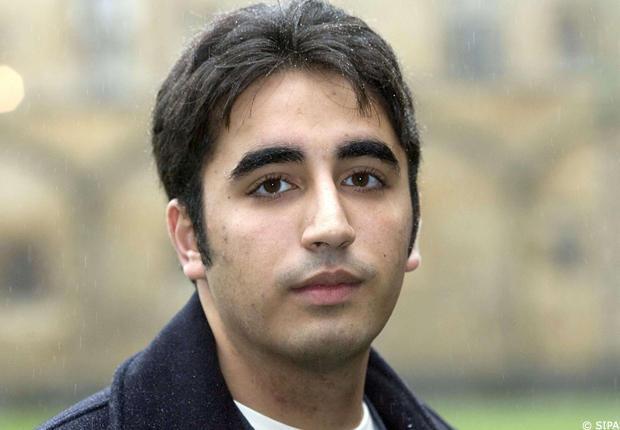Septemebr 28, 2016
UNITED NATIONS — A Dutch-led investigation has concluded that the powerful surface-to-air missile system that was used to shoot down a Malaysia Airlines plane over Ukraine two years ago, killing all 298 on board, was trucked in from Russia at the request of Russian-backed separatists and returned to Russia the same night.

Septemebr 28, 2016
UNITED NATIONS — A Dutch-led investigation has concluded that the powerful surface-to-air missile system that was used to shoot down a Malaysia Airlines plane over Ukraine two years ago, killing all 298 on board, was trucked in from Russia at the request of Russian-backed separatists and returned to Russia the same night.

Malaysia Airlines flight MH17
The report largely confirmed the already widely documented Russian government role not only in the deployment of the missile system, called a Buk, or SA-11, but the subsequent cover up, which continues to this day.
The report by a team of prosecutors from the Netherlands, Australia, Belgium, Malaysia and Ukraine was significant for applying standards of evidence admissible in court, while still building a case directly implicating Russia, and is likely to open a long diplomatic and legal struggle over the tragedy.
With meticulous detail, working with cellphone records, social media, witness accounts and other evidence, Dutch prosecutors traced Russia’s role in deploying the missile system into Ukraine and its attempt to cover its tracks after the disaster. The inquiry did not name individual culprits and stopped short of saying that Russian soldiers were involved.
A summary of the findings, obtained by The New York Times, was to be released at a news conference in The Hague on Wednesday. The inquiry represents the most detailed investigation to date of the attack on Malaysia Airlines Flight 17, a Boeing 777 flying to Kuala Lumpur, Malaysia’s capital, from Amsterdam.
In Moscow on Wednesday, in anticipation of the release, President Vladimir V. Putin’s spokesman, Dmitri S. Peskov, issued a statement to reporters decrying “speculation” about the plane but it did not refer specifically to the report.

People attend a memorial service at the crash site of the Malaysia Airlines Flight 17, near the village of Hrabove, eastern Ukraine, on July 17, 2015.
Wilbert Paulissen of the Joint Investigation Team speaks on the preliminary results of the investigation into the shooting-down of Malaysia Airlines flight MH17 during a press conference in Nieuwegein, Netherlands, on Sept. 28.
“This whole story, unfortunately, is couched in a huge amount of speculation, unqualified and unprofessional information,” he said. “There are irrefutable facts. In this case, it is important to draw conclusions with due account of the latest published information, that is, the primary data from radars that detected every airborne object that could take off or be in the airspace above militia-controlled territory,” he said.
Those radar images, released by the Russian military on Monday, showed nothing near the airliner, he said. “If any missile had existed, it could have been fired only from another territory. I do not say which exactly territory it could be. It is specialists’ business.”
The Dutch-led inquiry seems to refute that claim, as well as a series of sometimes contradictory explanations and chains of events floated by the Kremlin, including that the C.I.A. filled a drone airliner with bodies and crashed it to discredit Russia, or that Ukrainians were trying to shoot down the airplane of Mr. Putin, but hit the civilian airliner instead.
That image contradicted a similar radar image that Russian officials showed two years ago. That depicted two dots — one for the airliner and a second for a Ukrainian fighter jet that Russia suggested could have shot down the passenger plane.
The destruction of Flight 17, on July 17, 2014, came amid intense fighting between Ukrainian forces and rebels, backed by Russia, in eastern Ukraine. It deepened the already strained relations between Russia and the West. Among the casualties, the largest group were Dutch.
Just a few days later, the United States government concluded that the plane had been brought down by a Russian-made surface-to-air missile launched from rebel-held territory and most likely provided by Russia to pro-Moscow separatists.

Wreckage from Malaysia Airlines Flight 17 in a sunflower field in Petropavlovka, Ukraine, in 2014.
The Dutch Safety Board determined in October that the plane had been shot down by a missile fired from a Buk surface-to-air system.
The report of the Joint Investigation Team, led by the Netherlands’ chief public prosecutor, Fred Westerbeke, corroborated that finding. It concluded that the weapon used in the attack had been brought to Ukraine from Russia, though it drew no conclusions about who gave the orders to move the weapon and — most important — to shoot.
The investigators did, however, provide a timeline leading up to the destruction of the plane.
First, in intercepted telephone conversations from the evening before the attack, separatists in eastern Ukraine are heard requesting the Buk missile system in order to defend themselves from Ukrainian airstrikes. Later that night, according to the intercepted conversations, they were told they would receive the weapons system that night.
Second, the investigation found that a convoy of trucks brought the missile system, along with a large military vehicle that is used to launch the missiles, from the Russian border to the spot from which the missile was launched. The team said it used intercepted phone calls, social media posts and witness testimony to piece together the route that the convoy took. It stopped in Donetsk, in eastern Ukraine, the investigation found, where several witnesses saw the trucks, including a white one carrying the missile-launching vehicle.
Third, the inquiry identified a patch of farmland where the missile was launched, about eight miles southeast from where the plane crashed.
Finally, the investigation pieced together what it said was the path the missile system took on its way back to the Russian border. The team said it had spoken to a separatist who confirmed a part of the return route.
Courtesy: NY Times
















































































































